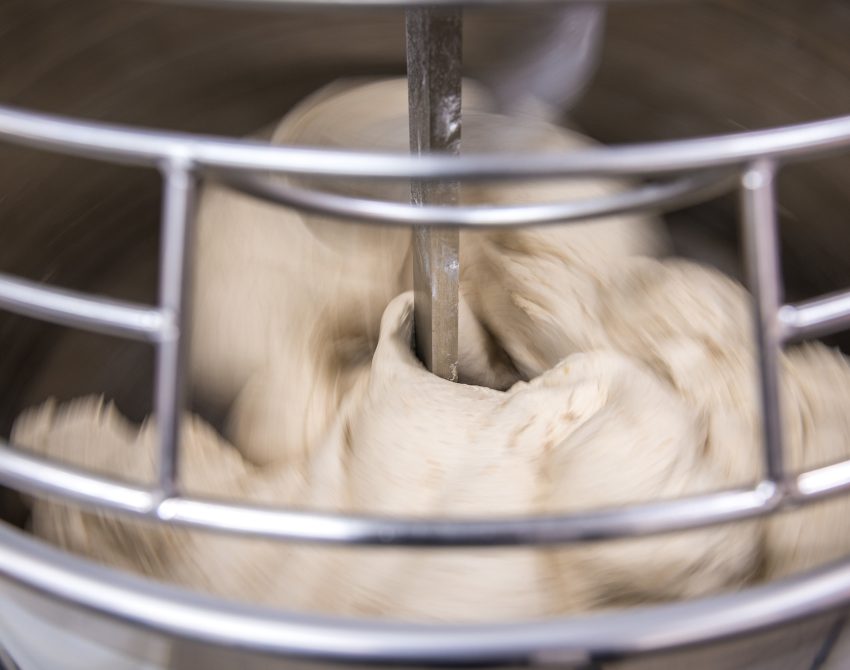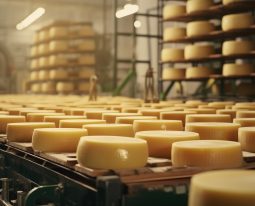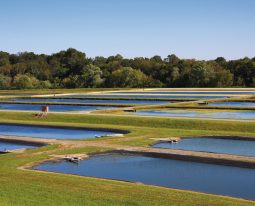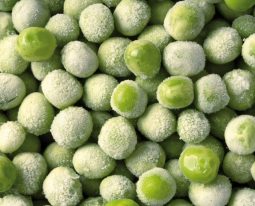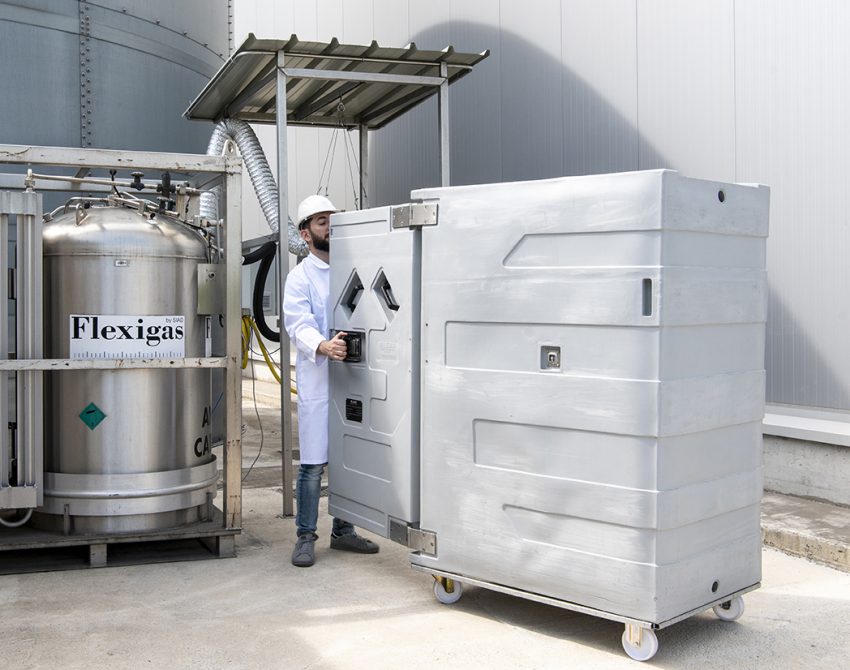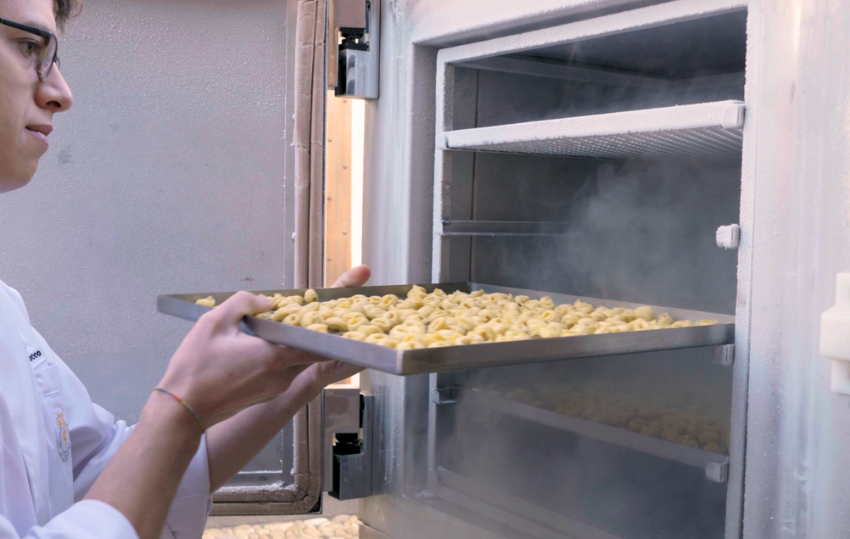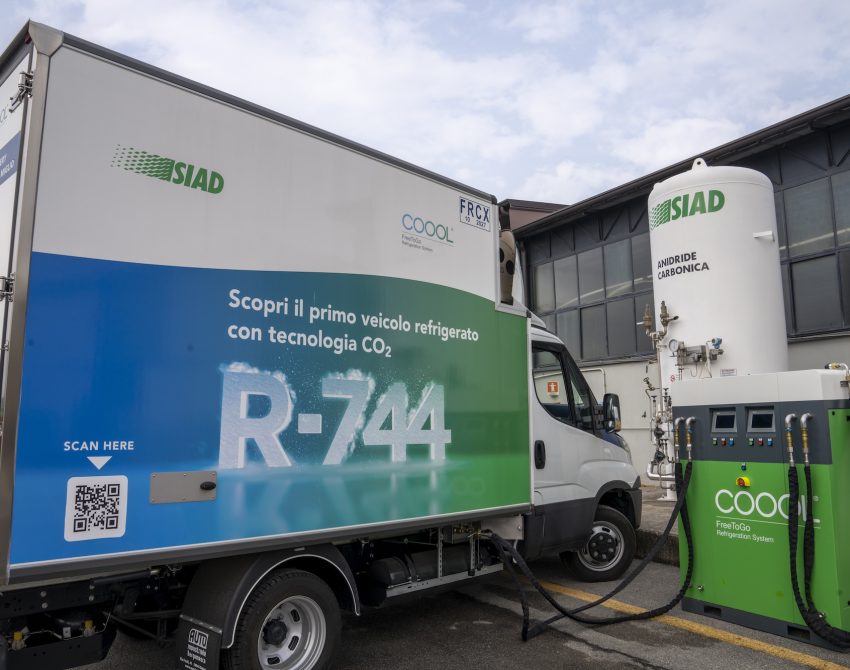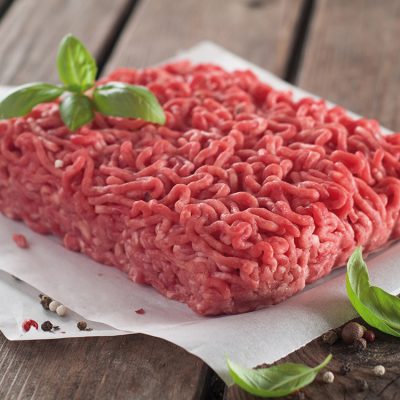Bakery, the art of creating baked products, is an industry that requires a perfect combination of culinary mastery, quality ingredients, creativity and attention to detail. Added to this is the need to adopt the right processes and embrace technological innovation that makes production sustainable.
In this context, temperature control of food doughs, especially in industrial settings, is increasingly emerging as a crucial element in ensuring the optimal goodness and consistency of baked goods.
What are the major problems related to dough thermoregulation? Which methods guarantee better results in terms of quality and sustainability? Let’s shed some light on this topic.
Temperature control problems of industrial doughs: why cooling is necessary
In dough processing, every step requires high precision: even the smallest variation can have a significant impact on the final result. Over all, increasing temperatures, even the slightest, can compromise product quality.
The most delicate stage from the point of view of temperature management is the kneading stage. During the mixing and blending of ingredients such as flour, yeast, water, salt, eggs and so on, the friction generated by contact with machinery produces heat, all the more so when processing takes place in the warmer months when even the atmospheric temperature certainly does not help.
All this can promote an increase in microbial load or the extremely dreaded phenomenon of premature rising with the result that the gluten mesh tends to flake and the dough to become much more complex to mix.
That is why Thermoregulation and temperature control he doughs is crucial: it ensures a quality product and standardized processes throughout the year.
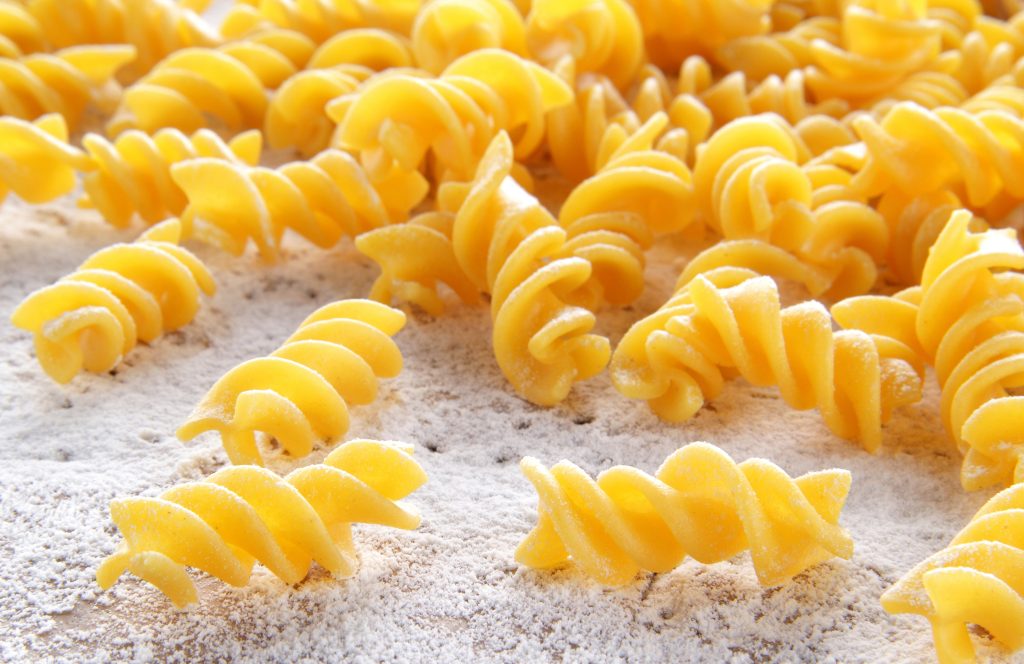
Methods for controlling dough temperature
But how to carry out the thermoregulation of doughs so that it is done properly? Currently, the most popular techniques for controlling the temperature of doughs show several limitations:
- Addition of ice or chilled water
This is an operation to be carried out manually, which requires, however, a significant use of human and instrumental resources without the certainty of always having satisfactory results, going to modify the recipe - Lamellar flows of cold air
This process is not particularly effective because of the low cooling power of air; in addition, the latter can change the moisture content of the doughs. - Liquid nitrogen injection
Highly effective choice, suitable, especially for more complex processing of the simplest baked goods.
Carbonic snow for cooling food doughs
The present and future of dough thermoregulation is driven by the use of carbonic snow (or dry food ice): a flexible solution suitable for all types of processing.
It is a product obtained by the expansion of carbon dioxide (CO₂)to a solid state at a temperature of -78°C, comes in the form of blocks or pellets, and has almost twice the cooling power of water ice (equal to 150 kcal/kg).
These features ensure rapid and effective temperature lowering without releasing moisture (unlike traditional ice) and avoiding changing the composition of the dough.
Thanks to the carbonic snow, early leavening is blocked and the dough comes out more malleable, characterized by greater alveolation and with more volume for the same weight, all to the benefit of the enjoyability of the product that will arrive on Ho.Re.Ca counters and consumer tables.
Read a follow-up case study here.
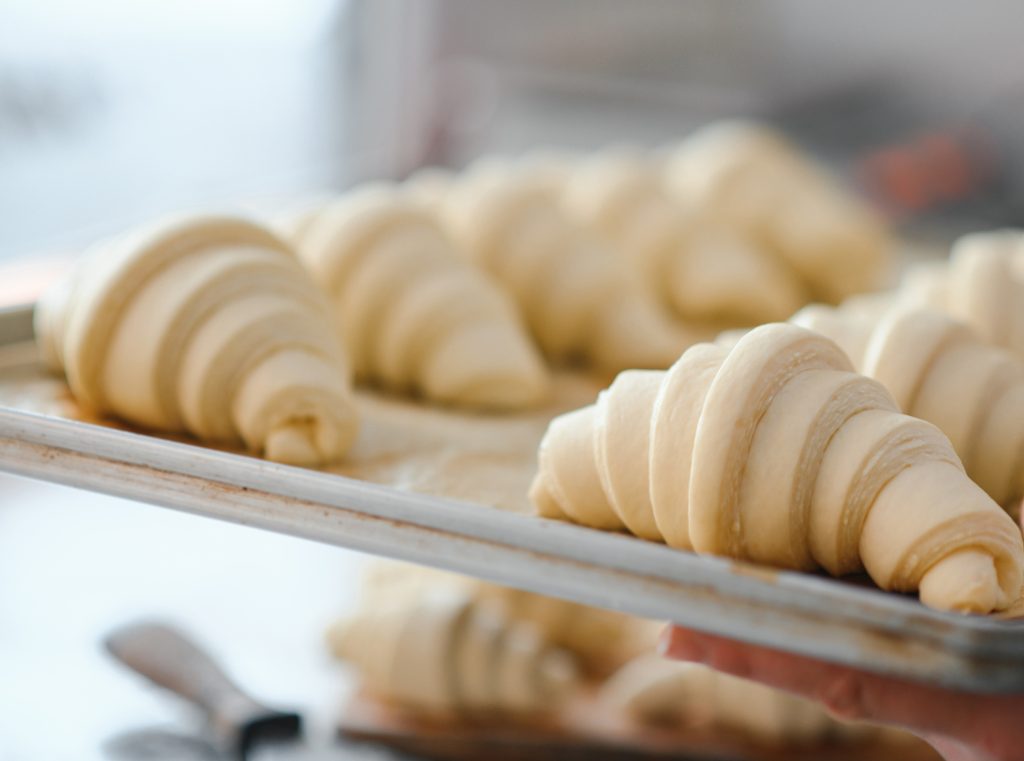
The advantages of using carbonic snow
To summarize, the main advantages of using carbonic snow in dough temperature control are:
- Ease of application and rapid cooling
Dry ice has a very high cooling capacity. When added to doughs, it transforms directly from solid to gas, without going through the liquid phase. This rapid and direct phase transition allows for immediate cooling of doughs, significantly reducing processing time. - No residual moisture and no chemical or toxic residues
Does not cause water to be added to doughs, preventing unwanted changes in ingredient proportions. This is especially important for doughs that require high precision in composition. - Excellent automation and control
Allows standardization of processes and minimizes the need for manual operations that may involve the inevitable human error. The amount of dry ice used can be precisely metered, the desired temperature can be achieved with great accuracy. - Lower energy use
Compared with traditional ice cooling systems that require large amounts of electrical energy there is a substantial saving; in addition, processing times can be reduced.
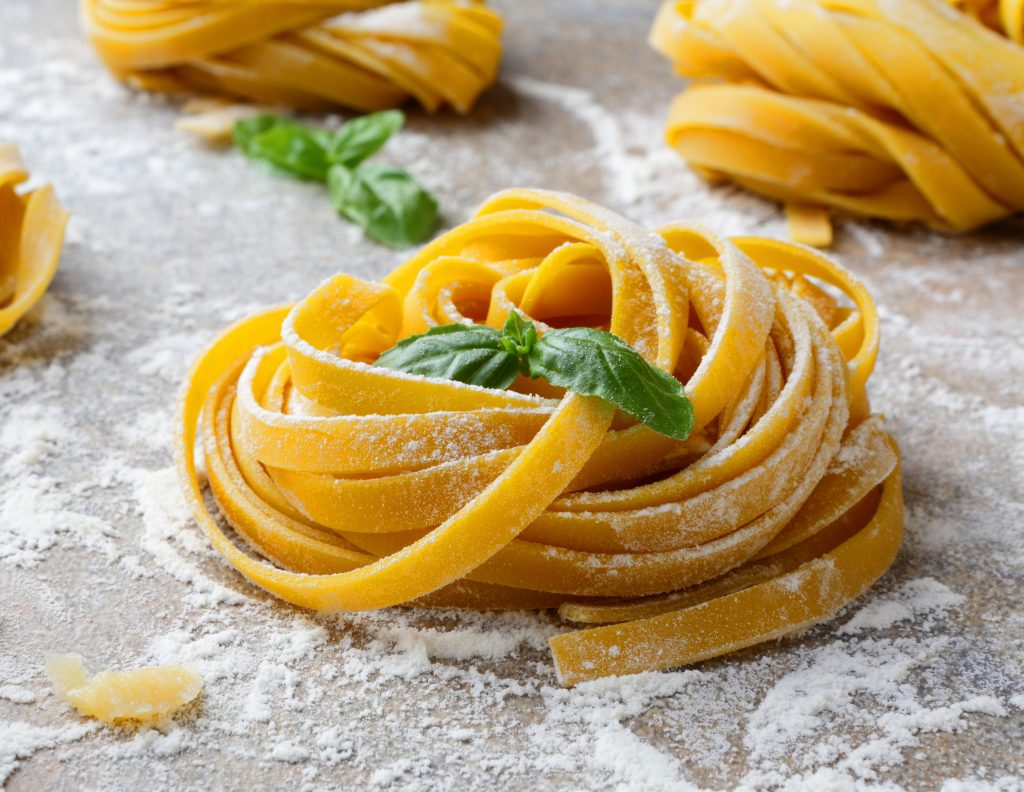
The effects associated with the use of carbonic snow on thermoregulation: the study
The effects of the use of carbonic snow in the thermoregulation and rheology of doughs in the baking industry has been the subject of an interesting experiment at the University of Florence that clearly demonstrated the benefits highlighted so far.
The addition of high concentrations of carbonic snow (8 and 10 percent) resulted in slight improvements in the rheological performance of the doughs made from the ancient wheat cultivar Verna, which usually has several processing difficulties.
The most significant effect is shown on the specific volume and central height of the bread, two of the most important physical parameters for assessing its quality. The addition of carbonic snow concentrations between 6 and 10 percent is able to improve the performance of both breads made from ancient and modern grains, while crumb density was slightly reduced. This resulted in a significant increase in specific volume and central height of the bread, while crumb density was slightly reduced.
Discover more about the the study and download the dedicated white paper.
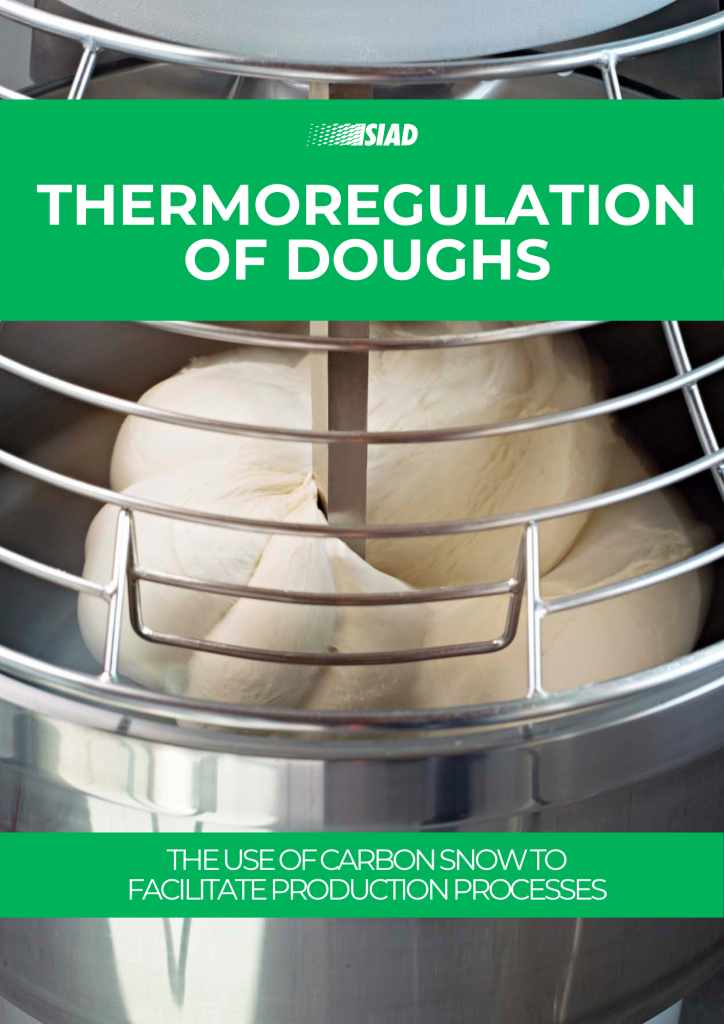
Download our PDF to learn more about the technical insight on dough thermoregulation in the white art. Don’t miss the opportunity to be at the forefront of the industry!
Fill out the form to download the PDF and find out results
SIAD’s contribution and future prospects for thermoregulation
The SIAD Group has always been committed to the search for solutions that can improve the efficiency of the Italian and international production sector, in particular through the production and distribution of food (and other) gases of superior quality, but also with concrete proximity to the realities that have the desire and ability to innovate.
The work alongside the bakery companies does not end with the mere supply of carbonic snow but expands with cooperation and consulting projects aimed at the efficient use of the product and the development of plants capable of fully enhancing the excellence of the references distributed by the industry, but also by more artisanal realities.
The bakery production and distribution sector is undergoing significant changes, especially in large-scale retail (GDO) outlets. Despite this, the most important sector, bread, is still experiencing steady growth in both domestic and export markets.
This dynamism and the continuous search for innovation in production processes offer SIAD the opportunity to promote and deepen the usefulness of its products and services dedicated to the industry: packaging, freezing and temperature control are the three application areas involved.
SIAD provides solutions for bread packaging, ensuring its freshness and quality preservation during distribution. In addition, our Group offers bread freezing technologies that enable its long-term storage without compromising flavor and texture.
If you would like to learn more with SIAD specialists about how to integrate key products and systems into your business, we are here to help. Contact us for a consultation.
